Back to blog
Part I - Intro to Information Distribution and IPFS
Part 1: Intro to Information Distribution and IPFS
In this eight-part series, we’ll delve into the transformative potential of IPFS (Interplanetary File System) for tackling contemporary information distribution challenges.
What is Information Distribution, and Why Is It Important Today?
Information distribution refers to the process of sending and delivering information to a target audience, whether it’s through various media channels, networks, or communication platforms. Information distribution has become increasingly important in today’s digital age for many reasons and across many sectors.
- Access to Information: Successful distribution guarantees that the expansive amount of information available through technological advances is accessible to those who need it when they need it.
- Knowledge Sharing: Information distribution allows for knowledge-sharing. Experts, researchers, and teams like ours at Pinata can share insights with a larger audience than ever before. Ideally, this results in more innovation and collaboration.
- Communication: In a connected world, the distribution of information is vital. Businesses, governments, and individuals send and receive messages, updates, and essential information.
- Education: Information distribution is also fundamental to education. It allows educational institutions to deliver learning materials and resources to learners in remote or online learning environments. See How Educators Are Leveraging IPFS To Revolutionize Education.
- News and Media: News and media content require timely distribution to inform the public of current events and issues. The timely distribution plays an enormous role in shaping public opinion.
- Marketing and Advertising: Businesses use information distribution for marketing and advertising their products and services. Effective distribution strategies help reach and engage potential customers, driving sales and brand awareness.
- Research and Development: Researchers rely on information distribution to share their discoveries. Again, knowledge sharing accelerates progress and helps society adapt.
- Entertainment: The entertainment industry depends on information distribution to reach audiences with movies, music, books, and other forms of media and entertainment.
- Global Impact: In a globalized world, information distribution can have a far-reaching impact on social, political, and economic developments. It influences public opinion, policy decisions, and international relations.
In summary, information distribution is crucial in the modern era because it enables the flow of knowledge, communication, and culture worldwide.
Challenges and Problems of Traditional Methods of Information Distribution
Traditional methods of information distribution, such as print media, broadcast television, and physical documents, face several challenges and issues in the modern digital age. A lot of these issues are both caused by and solved with technology. Traditional methods of information distribution face constraints such as reach, time, and cost. Traditional methods can also impact the environment or cause trust concerns. Lastly, traditional methods can be limited in scope. There can be less interactivity, measuring impact becomes increasingly complex, and flexibility is limited.
How IPFS Can Help
IPFS (Interplanetary File System) is a peer-to-peer protocol designed to create a distributed and decentralized web. IPFS can address many of the challenges associated with traditional methods of information distribution.
Since IPFS is decentralized, content is not stored on a central server. Instead, distribution occurs across a network of nodes. Nodes prevent content from being lost or temporarily inaccessible if a server goes down. Nodes can go offline, too, rendering them unavailable. However, someone can still retrieve content from other nodes with a copy of the data. In addition, this can reduce the need for data centers and expensive hosting services, which can lower costs. The reduced reliance on data centers also impacts the energy efficiency of distribution.
IPFS also enables content to be distributed globally without centralized infrastructure. The absence of reliance on centralized infrastructure is one of the most significant advantages over traditional distribution methods, as it allows access to information without geographical limitations.
IPFS can store various content types, including text, images, videos, and other digital assets. It is much more flexible and environmentally friendly than, say, paper.
It’s important to note that IPFS is not a complete replacement for traditional methods of information distribution, nor do we advocate for a replacement. Instead, IPFS should be viewed as a complementary technology. As IPFS continues to evolve and gain adoption, it has the potential to play a significant role in reshaping information distribution in the digital age.
For more on the technical aspects of IPFS, check out What Is IPFS Used For?
In the next installment of the Solving Challenges with Information Distribution Using IPFS series, we’ll dive deeper into the current state of information distribution, including the existing methods, limitations, and why a more decentralized solution has emerged.

